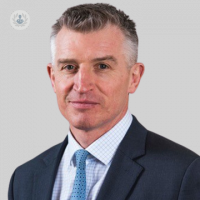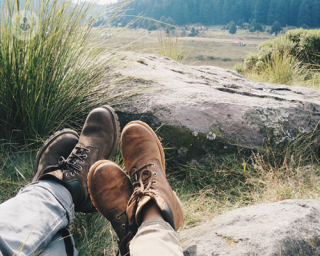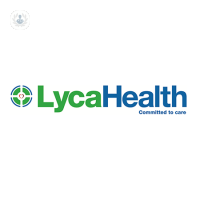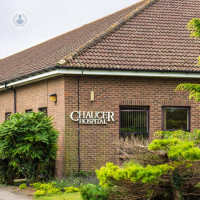Minimally invasive bunion surgery
Mr John McKinley - Orthopaedic surgery
Created on: 11-13-2012
Updated on: 09-05-2023
Edited by: Sophie Kennedy
What is minimally invasive surgery for bunions?
Minimally invasive bunion surgery, also known as percutaneous surgery for bunions, is a novel technique for treating bunions. It is performed as a day case procedure. Although it can be done under local anaesthesia, most patients will have a short anaesthetic or sedation.
Minimally invasive surgery for bunions is an alternative to open surgery which has several advantages:
- small incisions
- less post-operative pain
- less stiffness
- improved and short post-surgical recovery
- increase in patient satisfaction and confidence
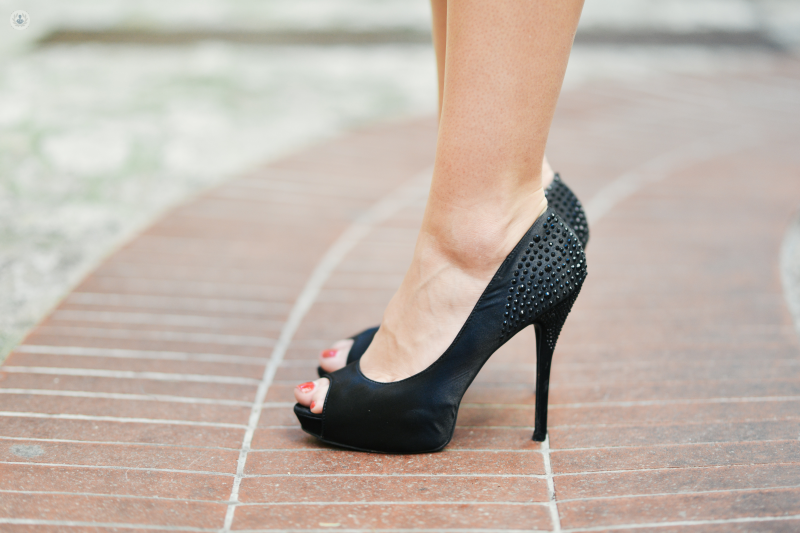
Why is it done?
Minimally invasive surgery for bunions is generally indicated for those cases in which attempts to treat the pain with conservative medical treatments (anti-inflammatory agents, splints, corrective footwear) have been unsuccessful, with pain persisting or increasing, making it difficult to walk.
Conservative medical treatments are not effective in severe cases. This is why it is important to consult with an orthopaedic specialist when the first symptoms appear.
What does it involve?
This type of surgery involves making small skin incisions, around 5mm in length, then introducing small instruments. The bone is divided through these incisions, the position corrected and then fixed with screws. The patient can return home on the same day and will be able to take weight through the foot immediately.
Care following the intervention
After the procedure, orthopaedic footwear, a special shoe, will be worn. You are then allowed to place weight on the foot.
- 1st week: you will have a big bandage on your foot and will able to walk but should be resting most of the time
- 2nd week: you can increase the walking if the skin has healed, however, during the first month you will need the post-surgical shoe
- 2nd month: you can start to wear a comfortable shoe, such as trainers or sandals, and walk normally
